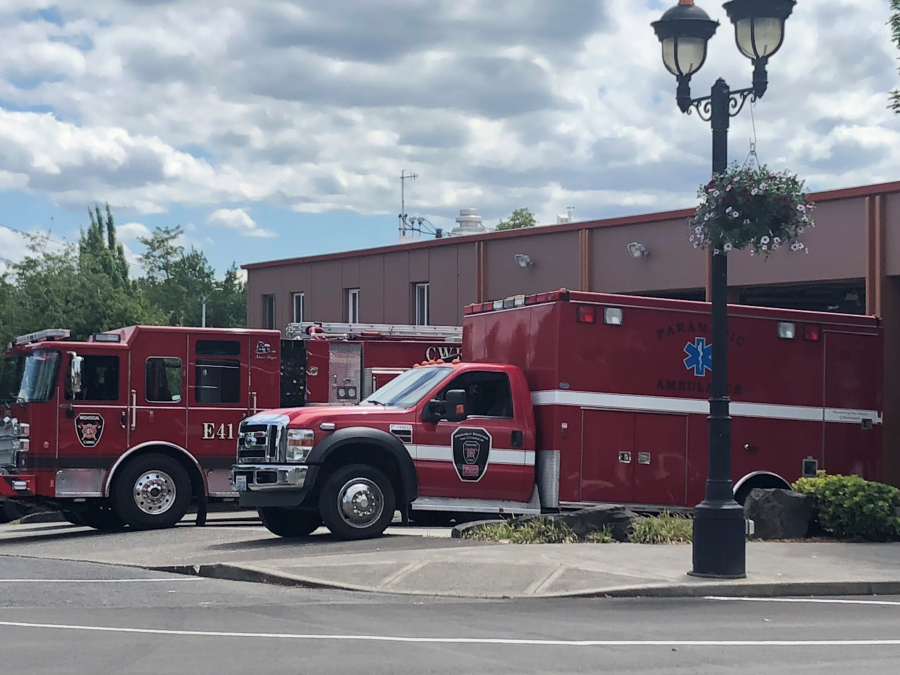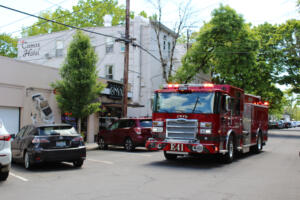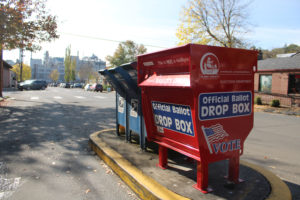Camas City Council members agreed this month to move forward with the creation of a capital facilities plan for the Camas-Washougal Fire Department.
The report should help officials in Camas and Washougal understand the best way to allocate fire impact fees from new developments, said CWFD Fire Chief Nick Swinhart.
“We initially talked about updating our fire impact fees, but quickly found out we needed to build a new capital facilities plan,” Swinhart told Camas councilors at the city council’s Feb. 16 workshop. “This hasn’t been done in over a decade … and is something we’re going to need outside help to pull together.”
The capital facilities report would build on the 181-page fire department master plan completed by Emergency Services Consulting International (ESCI) in December 2019.
“To an extent, this is a refresher of the project you had a couple years ago,” John Humphreys, director of architecture for the Portland-based architecture, engineering, design and planning firm being considered as the consultant for the CWFD capital facilities plan, told Camas councilmembers on Feb. 16, referring to the ESCI.




